09Aug
Test deep for cereals
“If you’ve sown autumn cereals, then doing a Mineral N test early spring can help you refine your nitrogen (N) inputs,” says Ballance Agri-Nutrients Science Extension Officer Aimee Dawson.
“Finding out the amount of N already available to the crop lets you work out just how much is needed to achieve its yield potential. Overapplying N can be detrimental to the crop, leading to over-tillering or lodging, and undersupplying can reduce yields or grain protein content,” she says.
Not all N is equal
“The difference between the two types of N in soil – mineral N and organic N – is their availability to plants,” says Aimee.
Mineral N refers to readily available forms of N plants can use, such as nitrate (NO3-) and ammonium (NH4+). Plants use NO3- and NH4+ for producing proteins which are used for growth and development. Mineral N can change over time due to winter conditions (soil temperature and rainfall) and crop history. A Mineral N test is a snapshot in time that measures the N currently available for plant uptake
The other type, organic N, is found in organic matter which has to be mineralised to NH4+ and NO3- before it can be taken up by plants. It is a longer term source of N and can change due to crop management. For example, cultivation over an extended period of time decreases organic N, whereas retaining crop residue or applying organic matter such as manure can increase organic N.
Invaluable test
“A Mineral N test is invaluable for growing crops. It measures NH4+ and NO3-, both of which are readily available for plant uptake. For deep-rooting crops such as cereals, the test is done at a depth of 600 mm. For grass seed it’s done at 300 mm,” says Aimee.
“For autumn sown cereals, take the test in early spring before stem elongation, ahead of N side dressing. This allows you to know how much is in the soil before supplying the rest via fertiliser to meet the crop’s demand for N. For grass seed, the test needs to be taken prior to closing, or as close to N application as possible.”
To take the test, collect 10 to 12 samples per paddock, ensuring your sample is representative of the paddock. For accurate test results, fresh is best, so keep the samples cold. Use a chilly bin with ice or ice packs while sampling, and freeze samples as soon as possible. Use a polystyrene box with ice packs to send to the laboratory, and minimise delivery time by sending late on a Monday to Thursday.
Using test results
Laboratory test results will provide separate figures for NH4+ and NO3- (mg of each/kg soil) and these can easily be converted into units that have on-farm meaning (kg N/ha). Simply add the two figures together and then multiply by the depth of the sample (in cm), the assumed soil bulk density of the sample and 0.1 (a conversion factor).
Mineral N (mg/kg) x depth (cm) x bulk density (1.0-1.4g/cm3) x 0.1 = Mineral N (kg/ha)
For example, if test results showed 8.0 mg NH4+/kg and 5.4 mg NO3- /kg, the soil sample depth was 30 cm and the bulk density of the soil at this depth was 1.3 the calculation would be:
(8.0 mg/kg + 5.4 mg/kg) x 30 cm x 1.3 g/cm3 x 0.1 = 52 kg N/ha
Once you know how much N is available to the crop, you can calculate how much N is required through fertiliser and choose a product to suit the crop’s needs, as well as your own. Options to consider include:
- SustaiN – 46% N with the urease inhibitor Agrotain that reduces volatilisation, giving flexibility for application
- Advance SOA – 19.5% N and 22% S, a high quality sulphate of ammonia with a harder granule for greater spreadability
- SustaiN Ammo 36N – 36% N and 9% S, a blend of SustaiN and sulphate of ammonia
- YaraVera AMIDAS - 40% N and 5.5% S, a compound N and S fertiliser.
Related
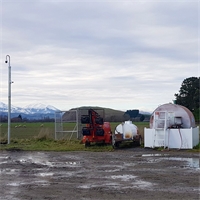
Ensuring your bulk fuel storage is fit for purpose is not just about compliance. It is also about ha...
Read More
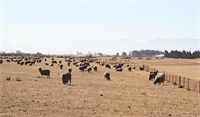
The summer survivor’s guide for ryegrass pastures.
Read More
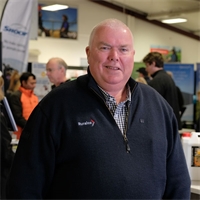
Ruralco Group CEO Robert Sharkie has announced his intention to resign after six years as CEO and a ...
Read More
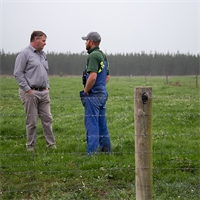
The autumn period has again produced a consistent spell of warmer weather and with a steady stream o...
Read More
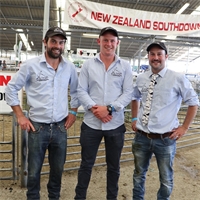
For brothers James and Henry Pearse, Canterbury Cup and Show week is most definitely Pig Week. As th...
Read More

Pause for a moment and wonder what life would be like on a stock farm without working dogs. Day afte...
Read More